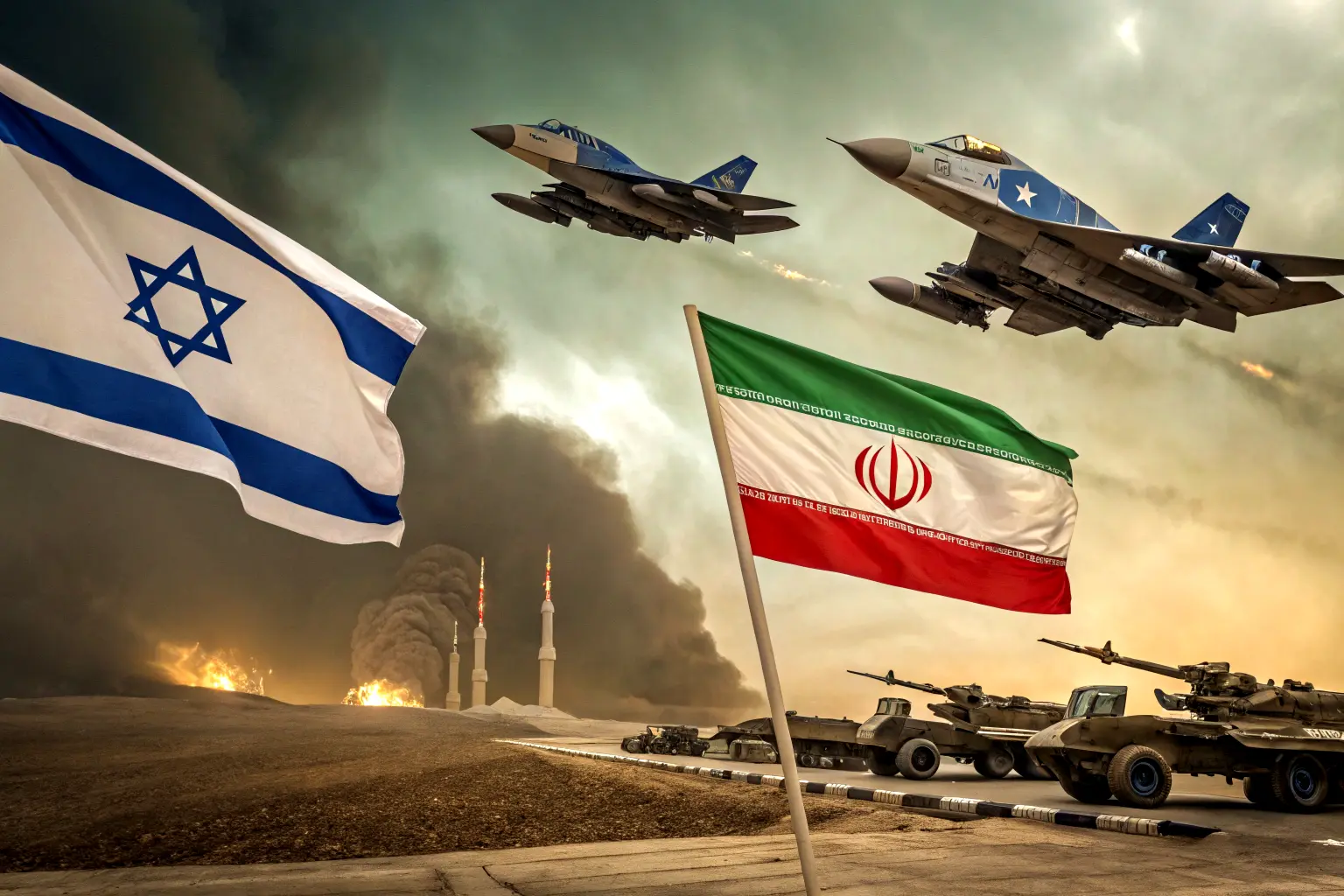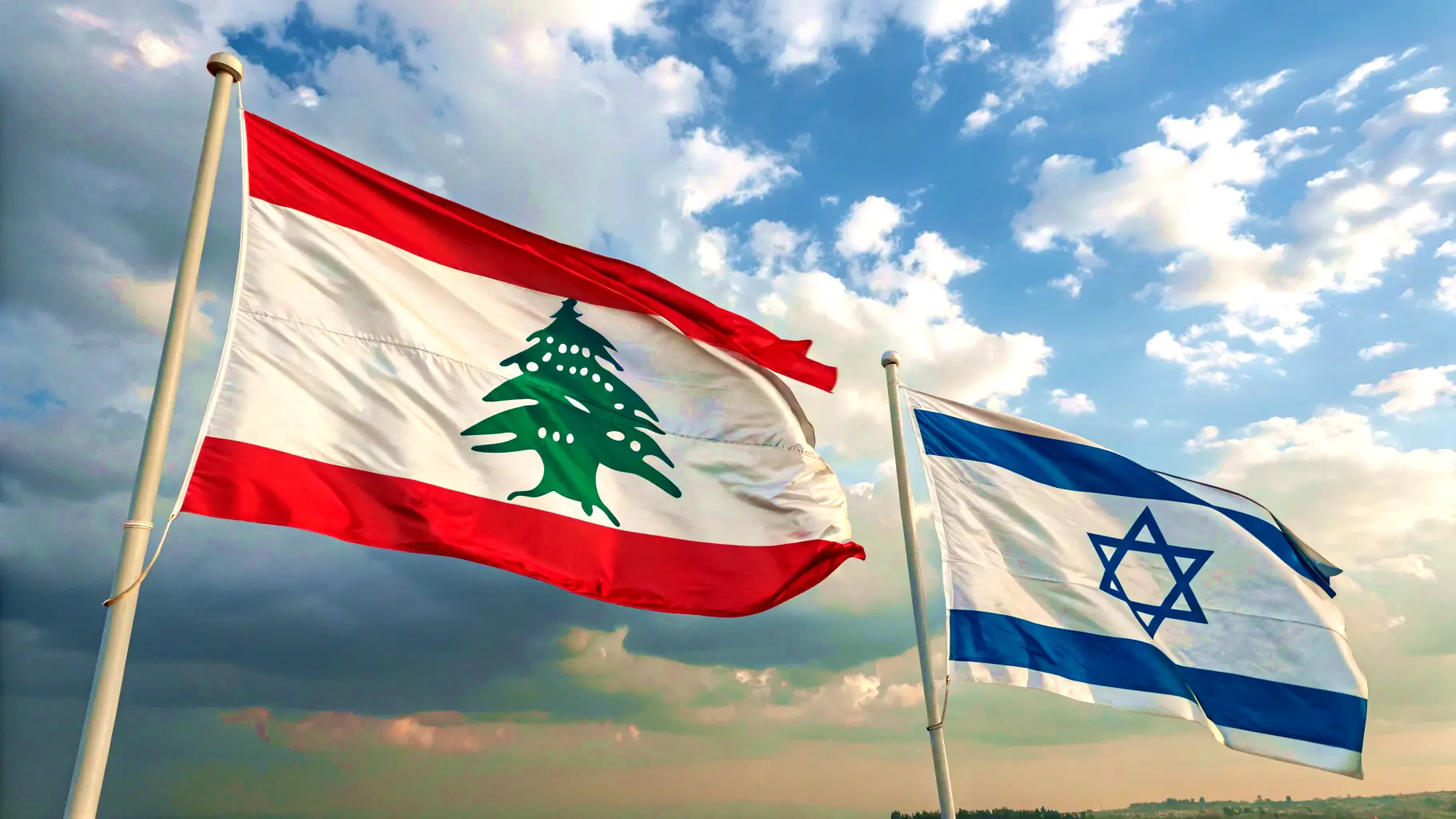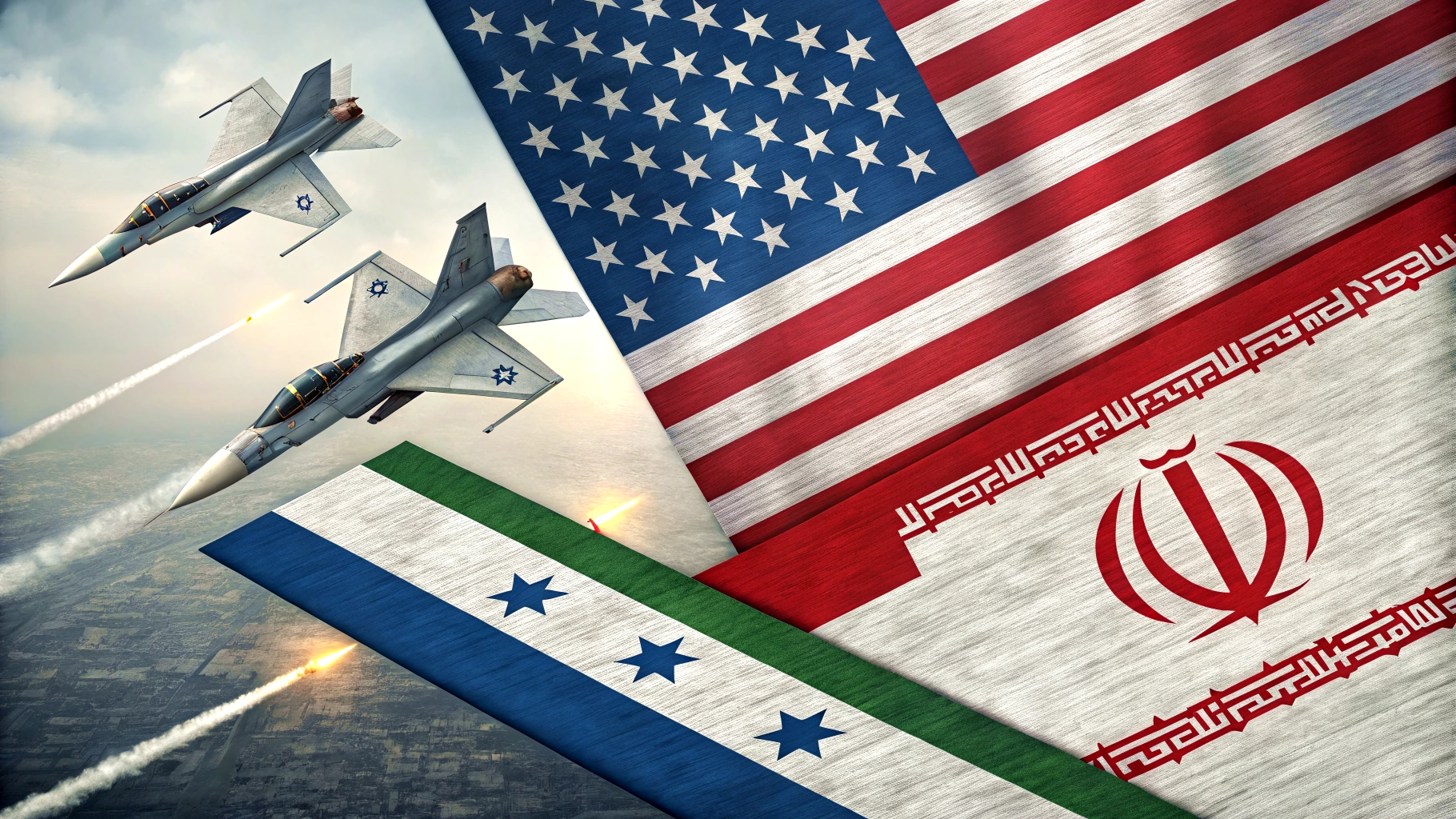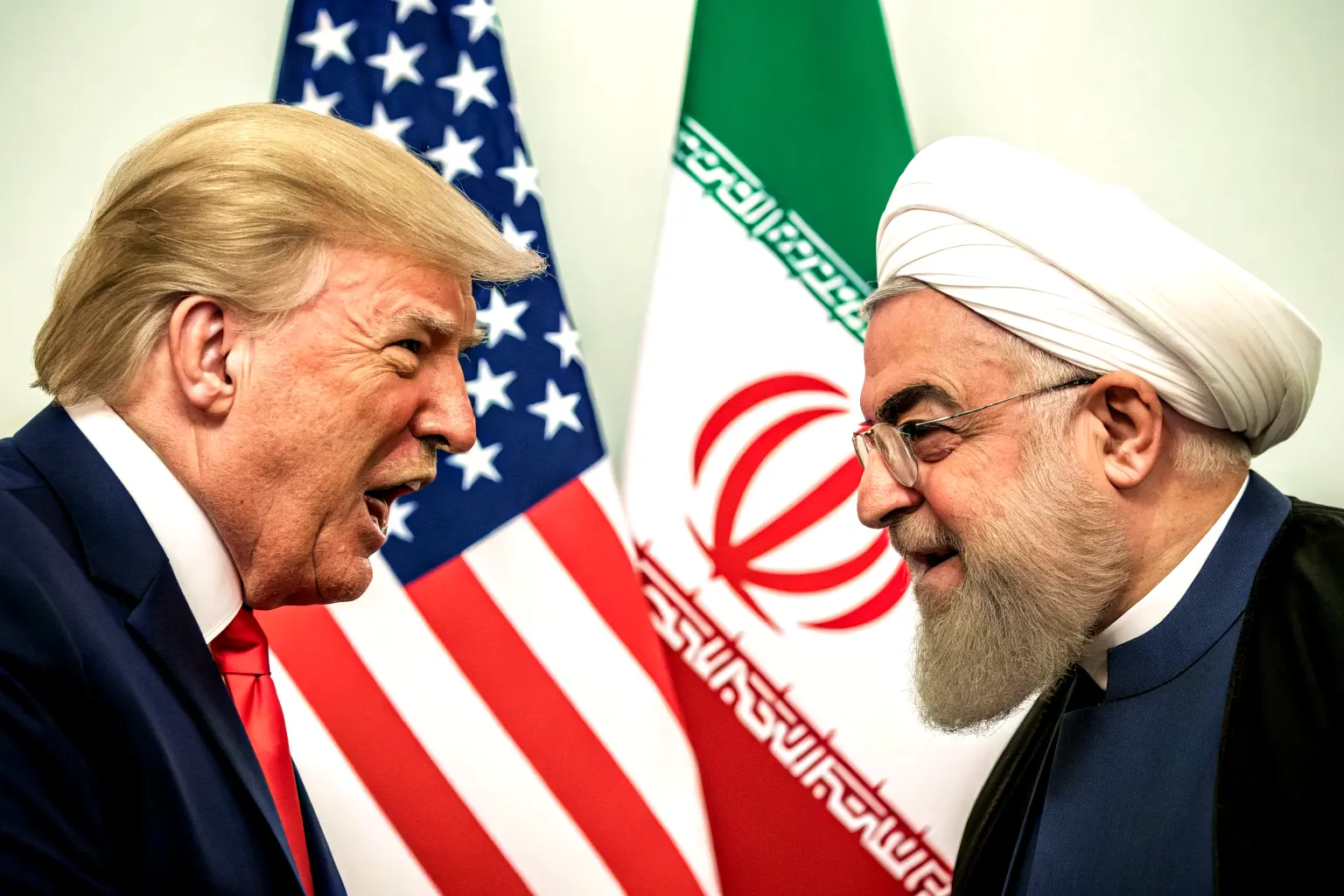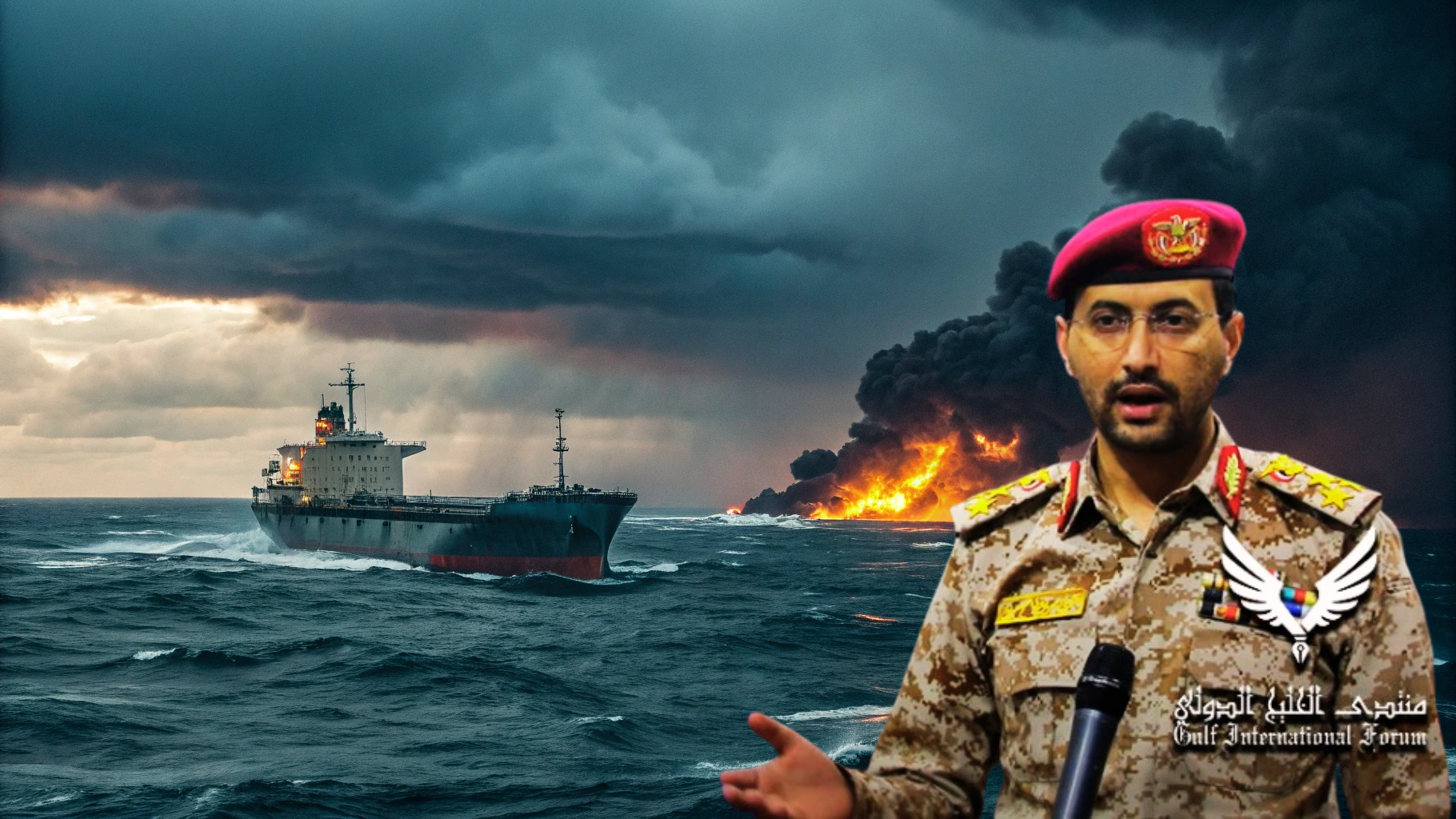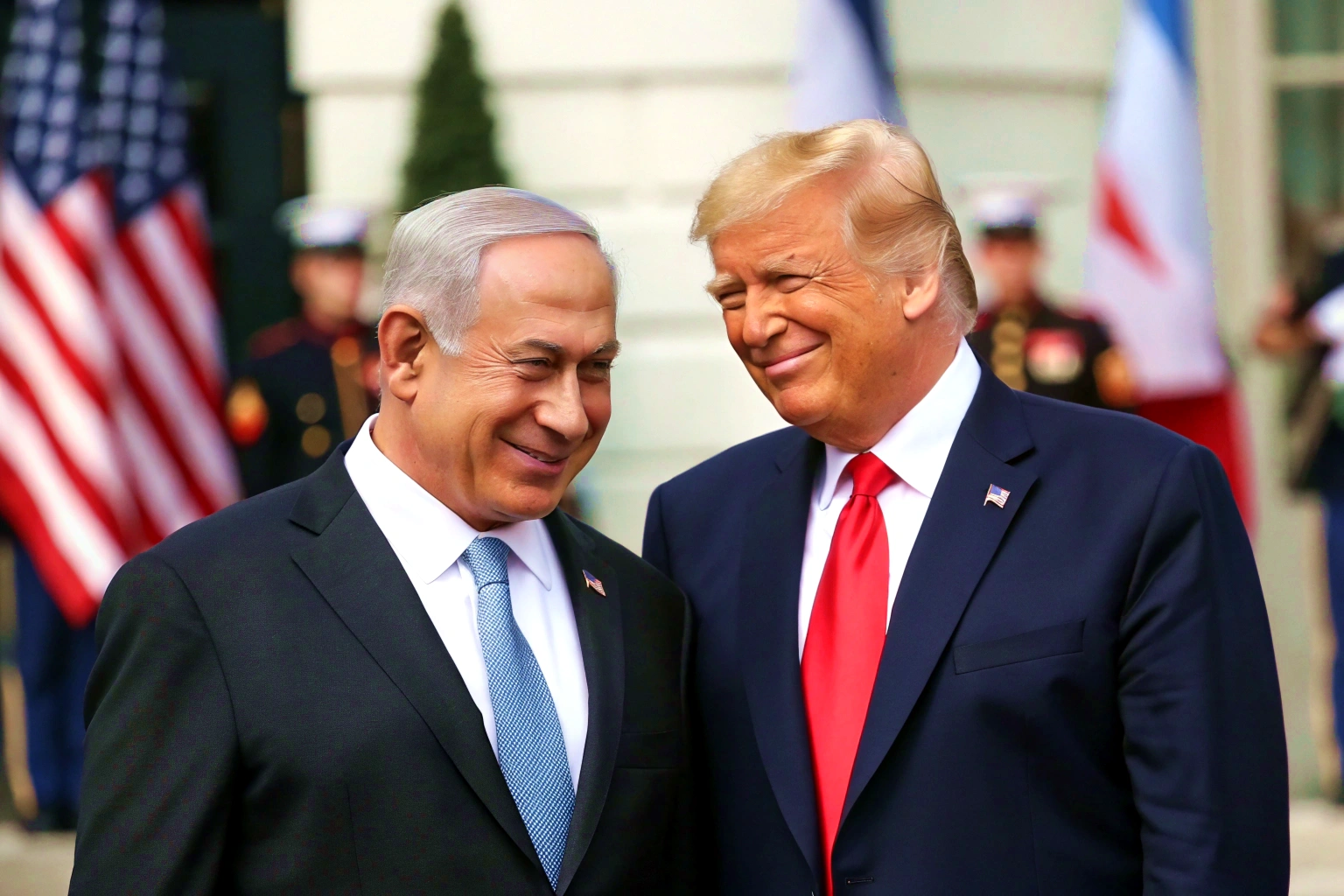Israel and Iran Unleash Hell : Cities Burn as Missile War Enters Fourth Day
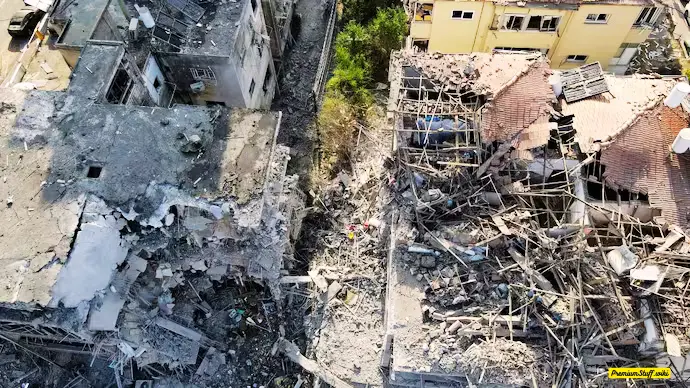
TEHRAN/JERUSALEM — Under skies streaked with missile trails, Israel and Iran escalated their direct military conflict to unprecedented levels Sunday, trading devastating strikes that killed civilians in apartment blocks, ignited oil depots, and pushed the Middle East toward a catastrophic regional war. The death toll soared to 238 in Iran and 14 in Israel as world leaders scrambled to contain a confrontation that has already shattered decades of shadow warfare between the arch-enemies.
The Night Haifa Burned
In northern Israel, emergency crews battled infernos at the Bazan oil refinery complex after Iranian missiles pierced air defenses Sunday evening. Flames engulfed storage tanks near residential neighborhoods in the port city of Haifa, where medics treated victims for shrapnel wounds amid collapsing buildings. Hours earlier, the southern town of Bat Yam became a landscape of devastation when a missile obliterated a residential tower, killing six—including a 10-year-old boy and 9-year-old girl. “People are losing their lives and their homes,” said Shem, 29, surveying the wreckage near his damaged apartment. “It’s not fun.” The attacks marked Iran’s deadliest salvo yet, with 80 ballistic missiles launched in two waves targeting Israel’s economic heartland.
Tehran Under Siege
Iran’s capital faced its own nightmare as Israeli jets struck deeper than ever before. A refueling aircraft erupted in flames at Mashhad Airport—1,430 miles from Israel—in a raid demonstrating Jerusalem’s long-range precision. Earlier strikes ignited the Shahran oil depot, holding three days of Tehran’s fuel supply, sending fireballs over the city and triggering mile-long gas lines. But the human cost cut deeper: a 14-story apartment block collapsed in central Tehran, crushing families. Half the 60 killed there were children. Health Ministry spokesman Hossein Kermanpour reported 1,277 injured nationwide, 90% civilians. Terrified residents jammed highways fleeing the city, while others whispered approval. “I thanked Netanyahu for killing these criminals,” confessed Zahra, 50, near Tehran.
Nuclear Brinkmanship and U.S. Shadow Games
The conflict’s trigger lies in Israel’s surgical annihilation of Iran’s nuclear program leadership. Strikes killed nine top scientists—including Mansour Asgari, head of nuclear weapons research—and obliterated laboratories developing centrifuge components. A chilling assessment emerged Sunday: unless Israel destroys the Fordow Fuel Enrichment Plant, Iran could produce nine nuclear weapons within a month. U.S. President Donald Trump navigated a perilous tightrope—vetoing an Israeli plan to assassinate Supreme Leader Ayatollah Khamenei while warning Tehran: “If we are attacked… the full strength of the U.S. Armed Forces will come down on you.” Yet Trump simultaneously floated peace talks via Russia’s Vladimir Putin, an idea France immediately rejected.
The War Machines Stretch Thin
Both nations revealed strategic vulnerabilities. Iran unveiled its advanced Haj Qasem missile—evading defenses with 1,400 km range—but analysts warn its stockpiles are finite. Israel’s Iron Dome intercepted scores of projectiles but buckled under barrages of 80+ missiles at once. Behind the scenes, Israel prioritized crippling Iran’s retaliation capacity: drone swarms hunted missile launchers across western Iran, while strikes damaged radar systems in Piranshahr. “We achieved freedom of action over Tehran,” boasted an Israeli commander, though defenses remain partially intact.
Civilians in the Crossfire
For ordinary citizens, survival became a daily lottery. In Tehran, residents lacked functioning air-raid sirens or shelters, turning to Instagram infographics titled “What to Do if Bombs Hit the Metro.” Water outages plagued northern districts, while mosques opened as makeshift refuges. Karaj resident Ilya, 28, voiced widespread dread: “My biggest concern is radioactive leaks.” In Israel, schools and airports remained closed indefinitely, with 390 wounded since Friday.
The Global Reckoning
With oil prices spiking 9% and Iran threatening to blockade the Strait of Hormuz—potentially sending crude past $100/barrel—world leaders pleaded for restraint. The EU will convene emergency talks Tuesday, while G7 leaders meet in Canada seeking de-escalation. Yet diplomacy collapsed as Iran canceled nuclear talks, demanding Israel halt attacks first. Foreign Minister Abbas Araghchi insisted Tehran has “solid evidence” of U.S. complicity, while President Masoud Pezeshkian warned: “If attacks continue, our responses will be more decisive.”
The Long Shadow Ahead
As Monday dawned, both nations braced for worse. Israel’s military chief vowed to “intensify operations,” while Iran launched “Operation True Promise 3″—hundreds of missiles targeting Israeli infrastructure. Roads out of Tehran remained choked with evacuees, and Haifa’s refinery fires still smoldered. In the ruins of Bat Yam and Tehran, the conflict’s bitter truth emerged: two nations risking annihilation to prove neither can be destroyed. With diplomacy in tatters and arsenals depleted, the region inches toward a precipice where victory means merely surviving tomorrow.

